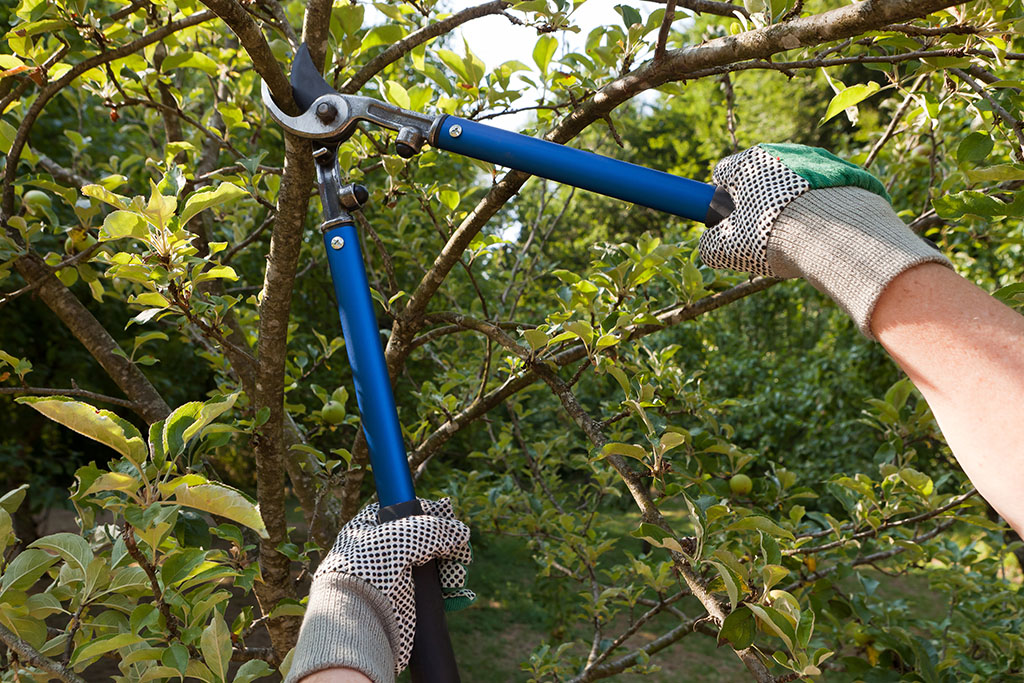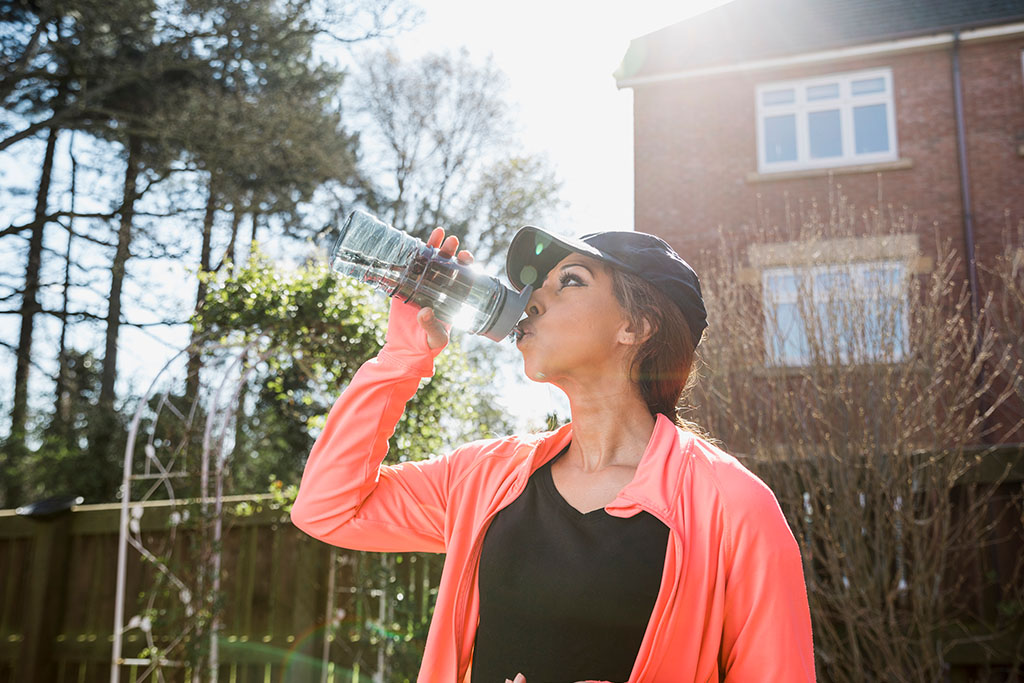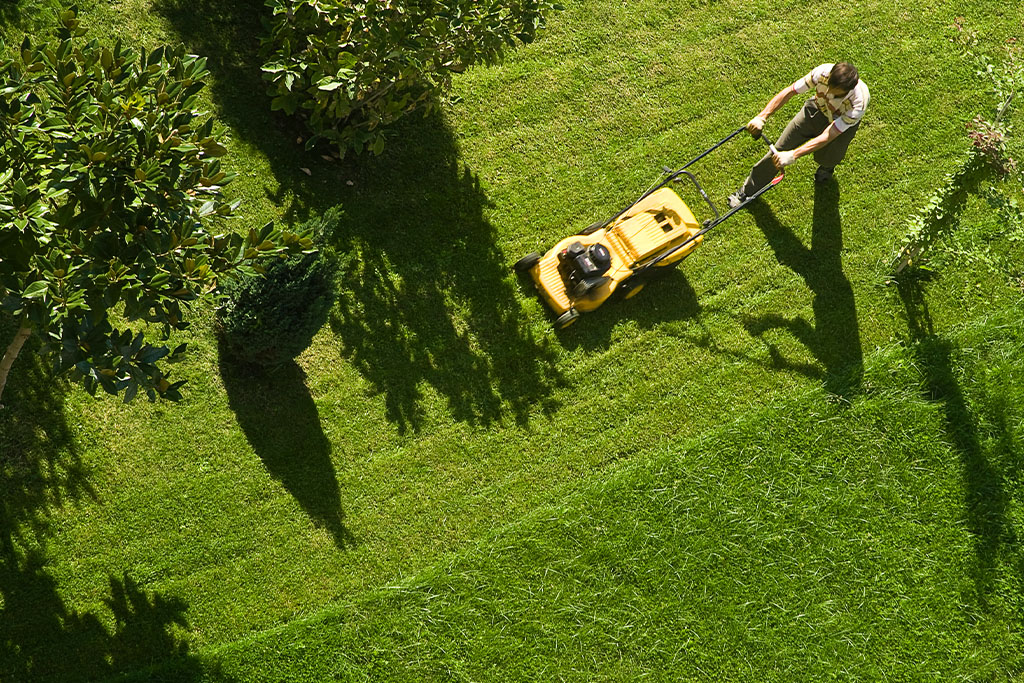Get Fit with These Backyard Chores
You’re not alone if you dig gardening but dread going to the gym, or you’d rather wear your work boots than a pair of running shoes. The good news is you can work on your physical fitness this spring and summer while planting your flowers or tending to your yard.

Work up a sweat
Maintaining your backyard can be a good cardiovascular workout that reduces blood pressure and eases stress. For instance, you could get your heart pumping by clearing debris out of your garden beds and work your muscles while pulling weeds or pruning trees. With some planning, you can get your exercise while breathing fresh air and getting chores done.
Set a routine
To get the most out of your yard work, set a regular schedule for your outdoor chores, and rotate your tasks to exercise different muscle groups. For example, you can spend one day pulling weeds to improve your arm strength and finger dexterity and the next day sweeping your patio to exercise your arms, legs, and shoulders. If yard work will be your main form of exercise, try to perform some kind of physical activity in your yard for at least two and a half hours per week.

Warm up and hydrate
Yard work can be difficult, so it’s best to ease into it. You should stretch your back, leg, and arm muscles beforehand to prevent pain or injury. Walking around your backyard to see what needs attention will stretch your legs. Simple arm circles, trunk bends, and wrist extensions will loosen up your arms, back, and wrists. Be sure to drink water before, during, and after your outdoor chores to stay hydrated. Take frequent breaks to avoid overheating or overstraining your muscles.
Use protective gear
Shield yourself from the sun and potential injury while working in your yard. You should wear a hat, long-sleeved shirt, pants, and sunscreen to block the sun. For the most UV light protection, get clothing made with UP50+ to block UV light. Long pants will help protect you from tick and bug bites. Knee pads and foam rests can help you avert injury when you’re working on your knees, and gardening gloves may prevent cuts.

Choose your activity
Gardening
Gardening can be a great workout for your arms; just use both arms equally to strengthen them both. Try squatting instead of kneeling or sitting when weeding to build your leg muscles. Use a long-handled shovel instead of a hand trowel to work more muscles, including those in your back, shoulders, and arms.
Landscaping
Landscaping can employ several muscle groups, provide a cardio workout, and burn calories. Chores like planting trees and bushes and adding landscaping elements like rocks or mulch require muscle strength. Avoid injury by using your legs and core muscles when lifting or pushing heavy tools or materials.
Mowing
Use a traditional push lawn mower instead of a ride-on or robotic one to get a high-intensity, low-impact cardio workout and work your upper body, leg, and core muscles. You will get even more exercise if you use a manual push reel mower instead of a gas or electric one.
Trimming and clearing debris
The next time your bushes or trees need clipping, reach for manual pruning shears or branch cutters instead of an electric or gas trimmer to exercise your forearms and shoulders. You’ll also get a workout when you clear the branches from your yard. Vigorously sweeping a patio or walkway counts as cardio and can burn 200 calories or more an hour.
With some time, effort, and patience, your new backyard fitness regimen can produce the results you want for both you and your yard.



